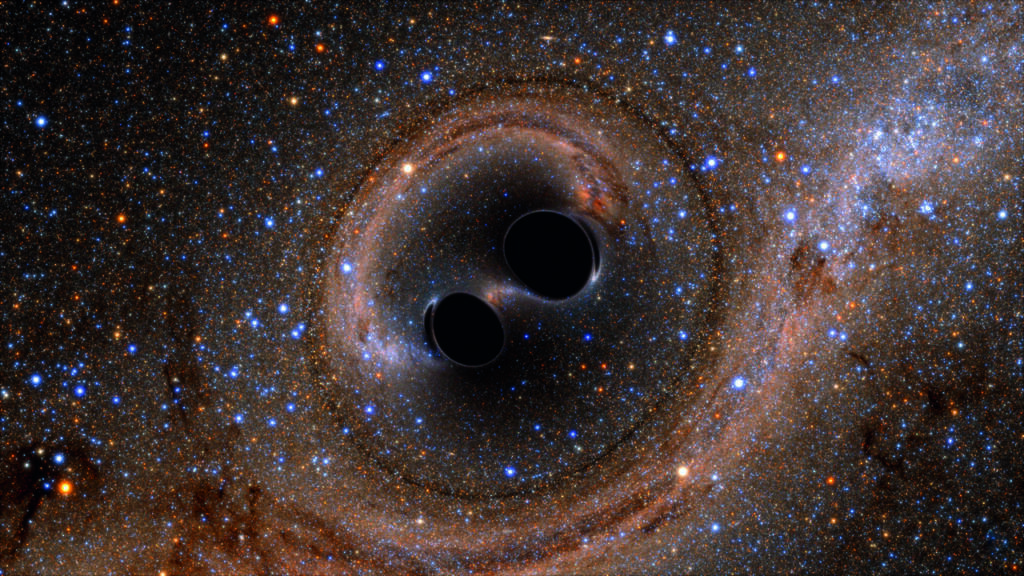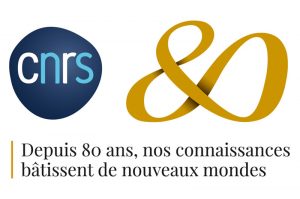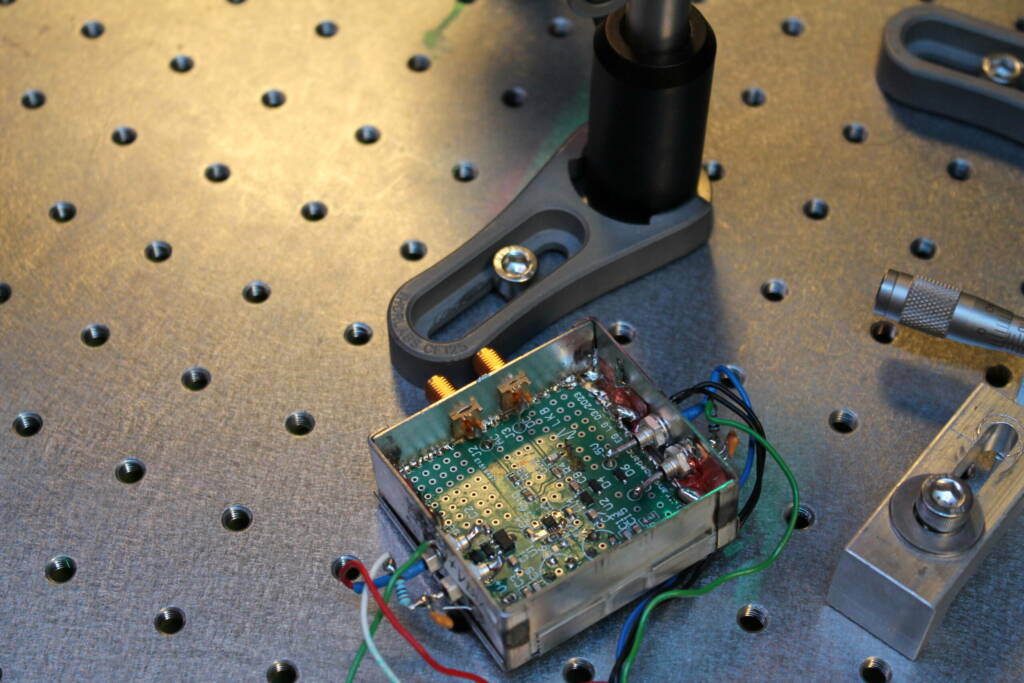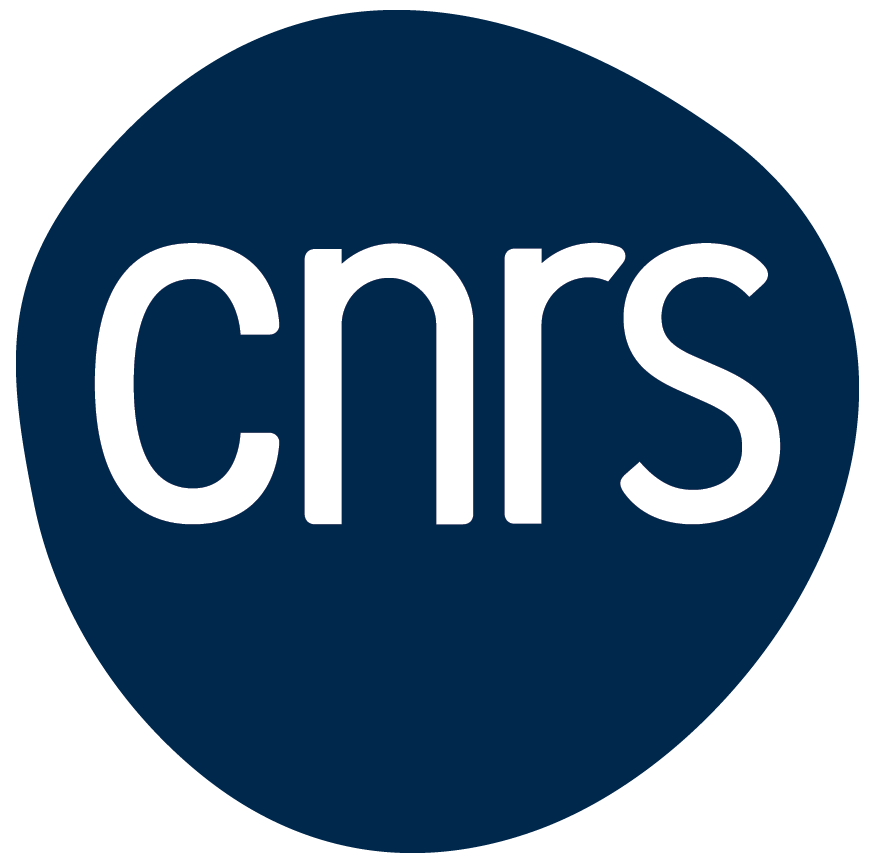80 years of the CNRS: the LKB presents the interferometer kit
Researchers at the Kastler Brossel Laboratory (LKB) have developed an innovative interferometer kit that works on similar principles to the Virgo gravitational wave detector.

As part of an outreach initiative aimed at high school students, the laboratory aims to demystify gravitational wave detection research. The kit can be assembled on any flat magnetic surface, such as a whiteboard, and is easily reproducible by educational institutions.
The kit includes standard optical components, 3D printed parts and is powered by an Arduino-based board that can be controlled via a smartphone. This makes it a low-cost, reproducible and adaptable educational tool.
To celebrate the 80th anniversary of the CNRS, which has been extended until June 2020, the LKB is offering a travelling experimental lecture based on this kit. The lecture will highlight the crucial role of the CNRS in advancing the detection of gravitational waves.
For more information, please visit the CNRS 80th Anniversary page: https://80ans.cnrs.fr/evenement/kit-interferometre-gravitationnel-de-michelson/
Contact : Tristan Briant

Read also
CNRS Recruitment – Join the LKB
External Recruitment for Researchers (M/F)
Nathan Goldman is among the Highly Cited Researchers
Clarivate list



